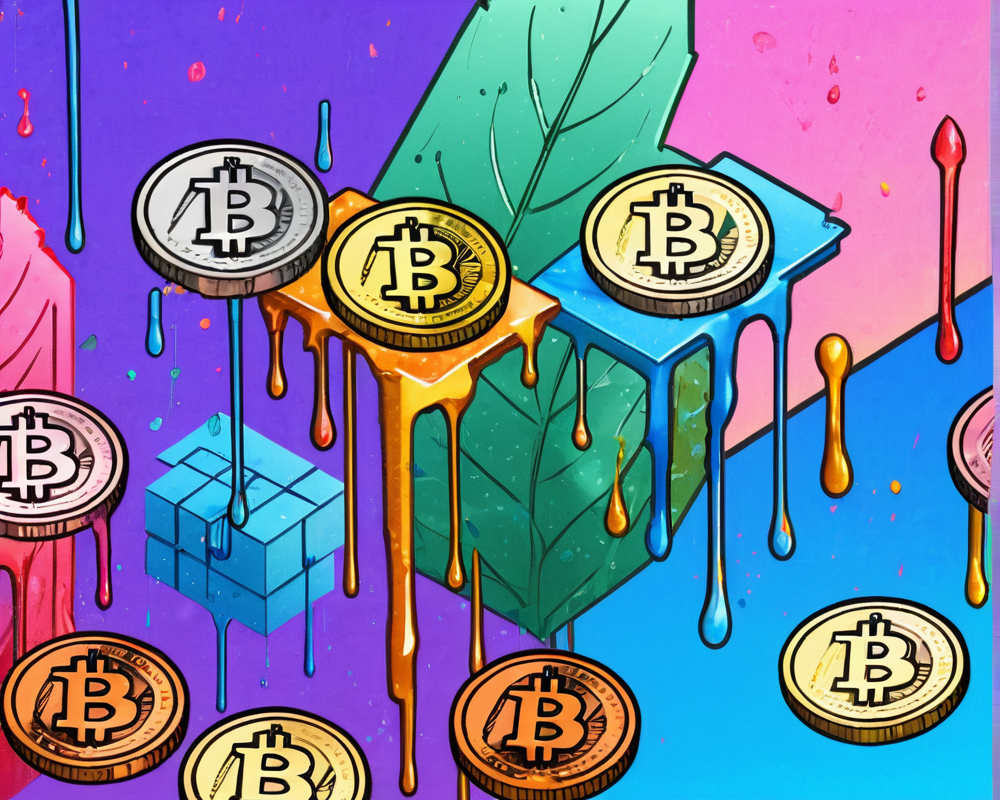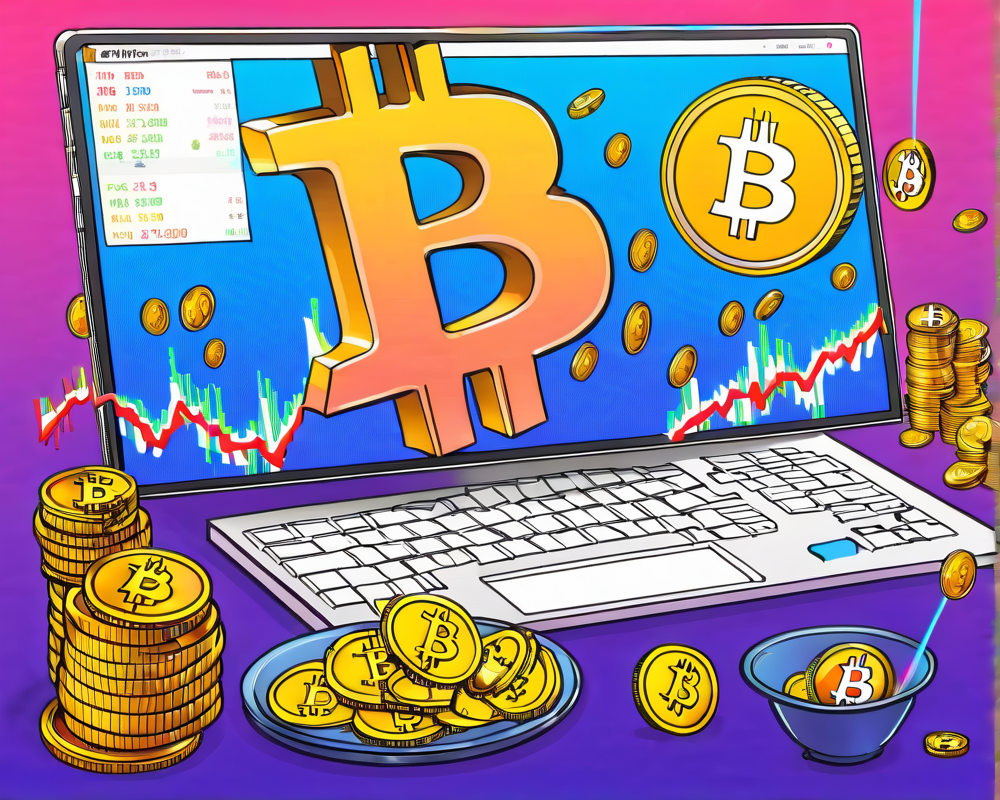The Rise of Stablecoins
Stablecoins have become the quiet heroes of the cryptocurrency world, offering a safe haven amidst the volatility of digital assets. By pegging their value to traditional fiat currencies, these crypto creations provide a way to cash out investments and make transactions without the dizzying price fluctuations typical of the crypto market.
- Cash out your crypto investments without that heart-stopping drop in value.
- Transfer funds internationally with ease and minimal fees.
- Enjoy everyday shopping without wondering if your digital dollar will turn into a dime by the time you get to the checkout.
With estimates placing the total supply of stablecoins at around $150 billion, one could argue they’re not just a passing trend but a structural change in our financial ecosystem.
The Other Side of the Coin: Regulation Rumbles
However, where there’s popularity, there’s scrutiny. Central banks around the world are not exactly rolling out the welcome mat for stablecoins. Concerns about skyrocketing supply and a lack of regulation are causing waves in the traditional banking community, leading to fears that these peppy coins could upend the current financial order, making them anything but stable in the eyes of regulators.
Recently, fiat-backed stablecoins like those from Circle and Tether have been in the regulatory crosshairs, as discussions emerge about the need for banking licenses to ensure compliance and stability. Meanwhile, algorithmic stablecoins have so far been left alone, like that one relative who brings a questionable dish to family gatherings but nobody wants to call out.
Algorithmic Stablecoins: A Closer Look
Let’s talk about why Coinbase doesn’t get all the hype. While most people know about characters like USDC and USDT, have you heard about the elegant dance of algorithmic stablecoins? In a recent tête-à-tête with Cointelegraph, Sam Kazemian, the co-founder of the Frax stablecoin protocol, sheds light on this unique approach.
So, what’s different? According to Kazemian, Frax operates like a central bank but for stablecoins. It utilizes mechanisms that expand and contract its supply in response to market conditions—akin to how traditional banks manipulate their currencies against gold since they decided it’s just not “their thing” anymore.
Regulatory Rumblings: What’s on the Horizon?
Will stablecoins face a crackdown? According to Kazemian, it’s complicated. While stricter regulations seem likely for fiat-backed stablecoins, decentralized variants like Frax, which do not have claims on real-world assets, might continue to dance unscathed through the regulations.
As Kazemian notes, “People don’t seem to realize that traditional financial instruments, like money market funds, aren’t shackled by the same harsh regulations. There’s a lot of room to experiment.” He believes the regulatory landscape will eventually settle in a way that’s rational for all parties involved.
The Future of Stablecoins
As stablecoins continue to evolve, their role in the broader financial system becomes more complex and multifaceted. It’s already become clear that our current financial system isn’t thrilled about the idea of sharing the stage. With ongoing discussions about regulation, compliance, and innovation, the future of stablecoins remains both intriguing and uncertain.
In conclusion, as regulatory bodies efforts intensify, one thing’s for sure: those of us watching this evolution are in for quite the show.




